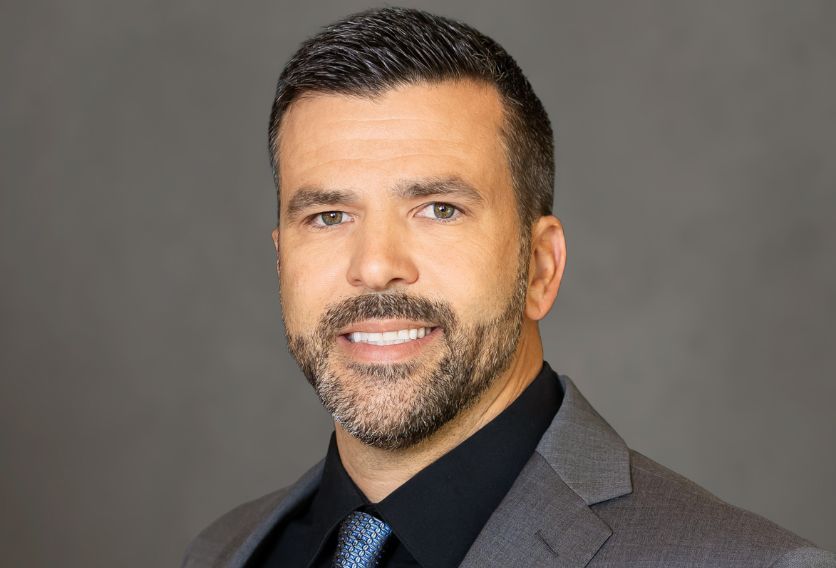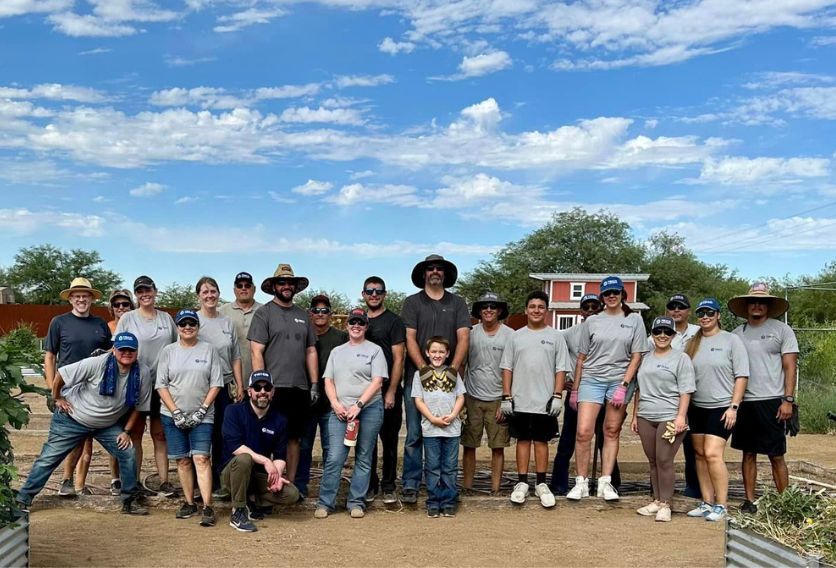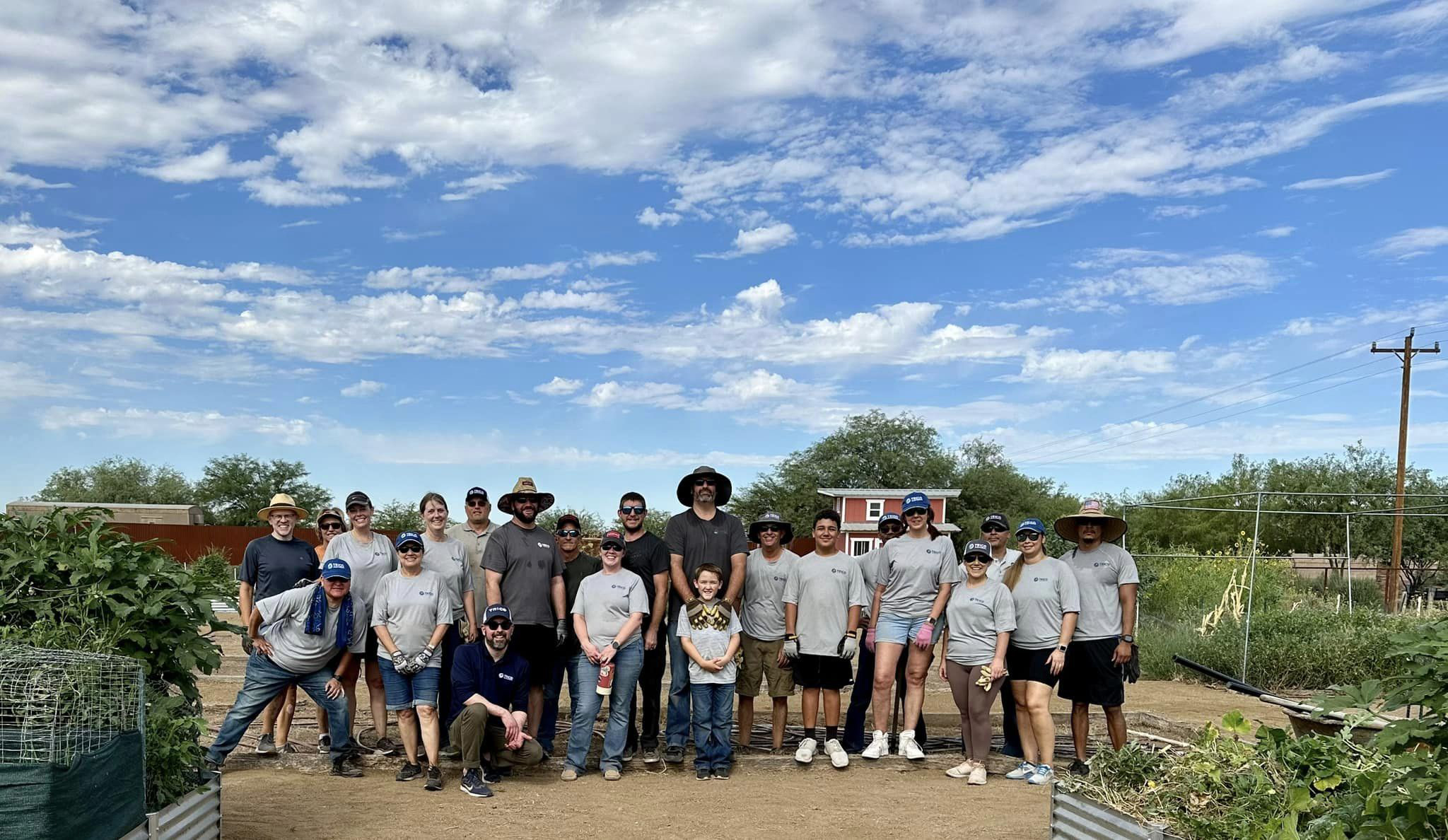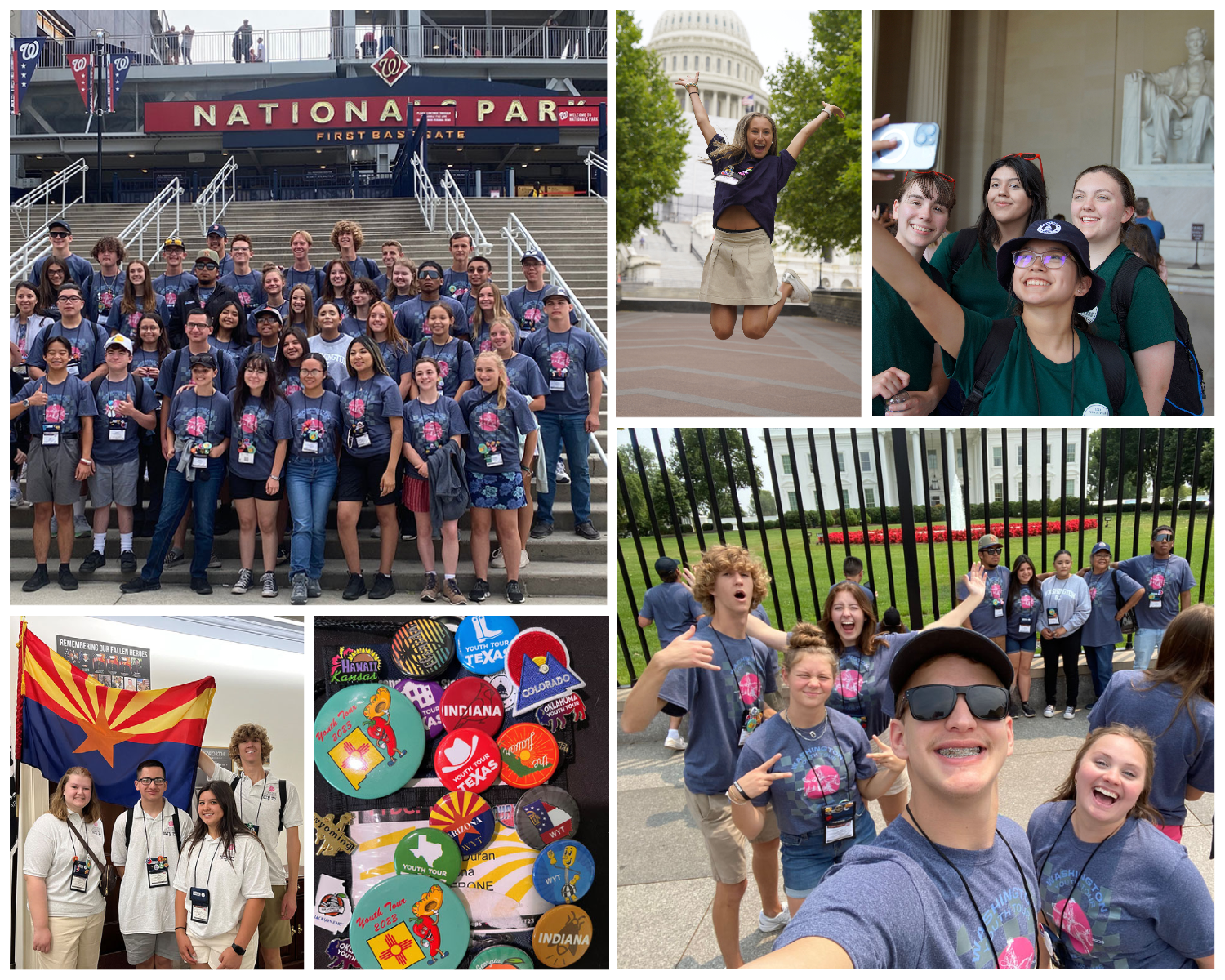One of the many benefits of Trico is that it is owned and governed by you, our Members. Our Board of Directors are Trico Members who have been elected to govern and direct the affairs of the Cooperative.
As a Trico Member, you too are eligible to run for a seat on the Board and become an advocate for both Trico and your community.
Directors are nominated and elected by you, our Trico Members. Elections are held once a year, around the time of our Annual Meeting usually held in April. Directors serve a three‑year term and can run for re-election. Each year, two or three Board positions come up for election.
This year, Trico is accepting nomination petitions for District 1 (Dove Mountain, Marana), District 2 (Marana, Avra Valley) and District 5 (Three Points, Altar Valley, Arivaca, Sasabe, Green Valley). See the box at right for more information.
Who is eligible to run for the Board?
- You are eligible to be a Director, if one of the following applies:
- You are a Trico Member
- You are the proprietor of a business that is a Trico Member
- You are the superintendent or principal of a school that is a Trico Member
- You have been designated in writing to represent an organization that you are associated with, if they are a Trico Member
To learn more about running for the Board, visit our website here.
Official Notice of Nomination by Petition
TO: All Members of Trico Electric Cooperative, Inc., an Arizona Non-profit Cooperative Corporation
FROM: Kevin McCarthy, Secretary of the Corporation
You are hereby notified that:
The 78th Annual Membership Meeting of Trico Electric Cooperative is scheduled for Saturday, April 6, 2024. The meeting will be held at Casino del Sol.
The incumbent directors of the districts whose current terms will expire at the meeting are: Jerry Rutherford (District 1), David Proctor (District 2) and Joe King (District 5).
Nominations for election of Directors shall be by member Nomination Petition only.
No person may be nominated unless he or she is duly qualified to serve as a director and has given prior consent to serve if elected. Click here for details on what a Trico Board Member’s duties entail.
Nomination Petitions are available on the Trico website starting December 6, 2023 and will be available through January 22, 2024. The website has information and options regarding digital petitions.
Nomination Petitions require 30 or more signatures of Members from the district in which the Director is to be elected. Each household represents one Membership. Only one person from the Membership may sign a nomination petition. Members may not sign the Nomination Petitions of more than one candidate.
Nomination Petitions must be filed with the secretary of the corporation at least 75 days prior to the Annual Meeting. The submission deadline is January 22, 2024 at 4:30 p.m.



 SmartHub Log-in
SmartHub Log-in




















